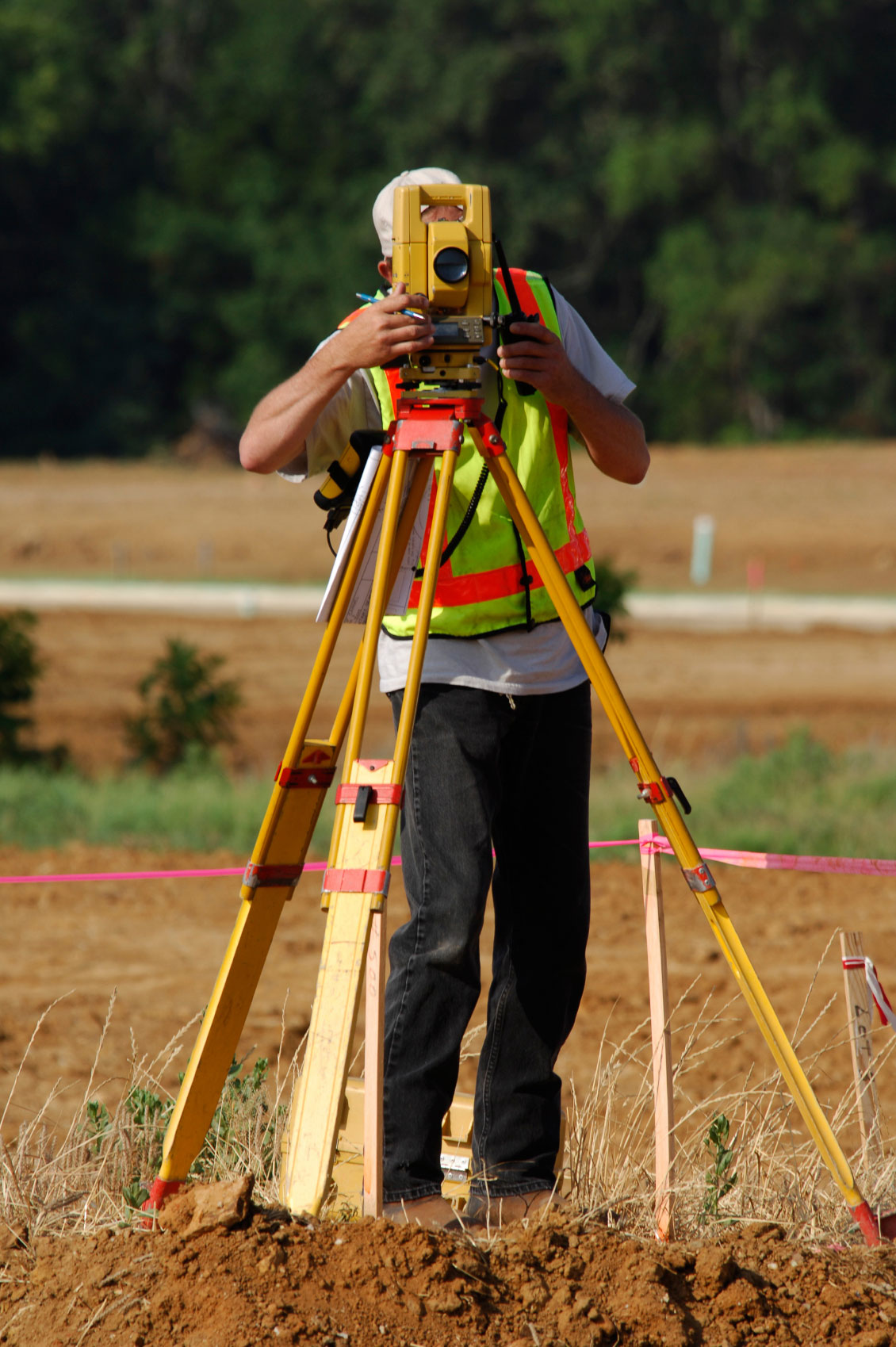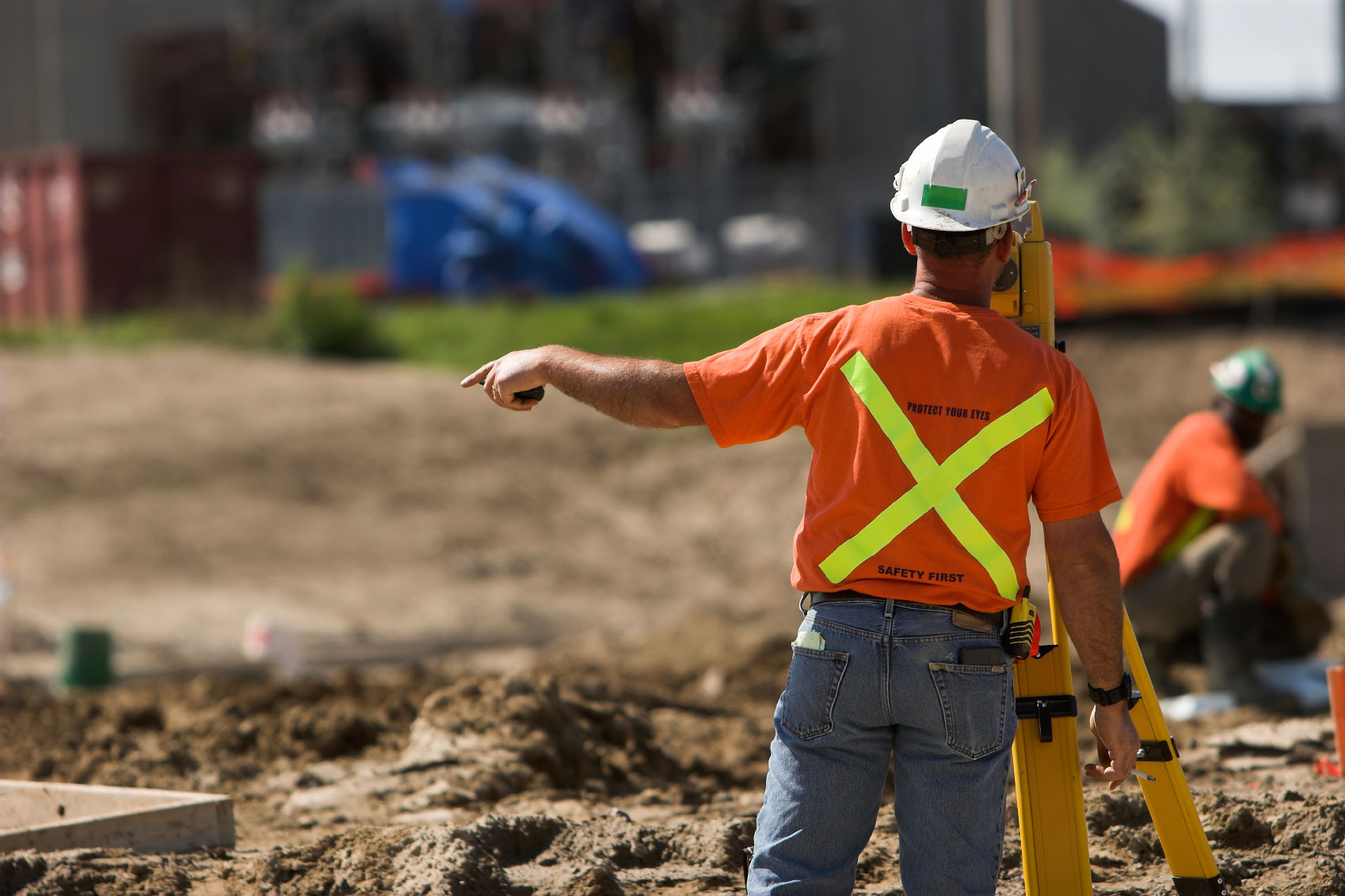Summit Land Surveyors is a surveying and consulting firm located near Portland, Oregon, in the Pacific Northwest. Our team has been assisting everyone from homeowners, real estate agents, and attorneys to insurance adjusters, contractors, architects and land developers in the Pacific Northwest for over 15 years. Our unparalleled service, competitive prices, and overall value are why our loyal customers won't go anywhere else.
Summit Land Surveyors was established by John Wade and Cory Montgomery in 2008. We are a small, full service surveying firm specializing in development surveying, working with both private and public clients on residential and commercial projects.
We limit our workload to assure each project of receiving the required effort needed to maintain its timeline and budget. We utilize the latest tools and technology which enable us to provide cost-effective and innovative surveying solutions for both large and small projects. We are able to maintain our high standard of surveying and mapping as well as customer service as a result of pro-active, hands-on participation of the owners on each and every project.
Having a knowledgeable and skilled survey group as part of the team is a key component to the success of a project. Our team is ready and able to provide an efficient, full service experience from field to finish.




